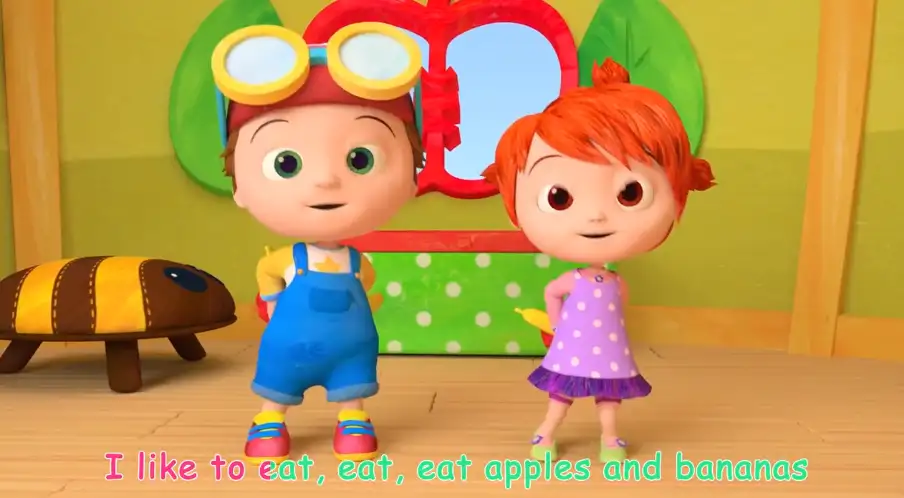作者:arco
链接:https://www.zhihu.com/question/27037537/answer/2712547800
来源:知乎
著作权归作者所有。商业转载请联系作者获得授权,非商业转载请注明出处。
定语从句或者形容词性从句。
1. John said he would finish the book which you gave him.
这里的从句which you gave him确实可以看成是定语, 修饰先行词the book.
但是下面这个例子就不行:
2. John said he would finish the book, which he didn't.
这里从句which he didn't的先行词并不是the book,which指代的也不是the book,而是finish the book这个动词短语。
其实对于上面两个句子,更准确的叫法应该叫关系从句(relative clause).
两句话有重合的元素,就可以用关系从句关联起来。
比如上面第一句话可以理解成是由下面两句合并而成:
a)John said he would finish the book.
b)You gave him the book.
两者在the book上面重合,若把b句改为从句,则把重合点the book改为关系词which或that,然后再提到句首用来引导从句,即which you gave him,然后再把这个从句放到a句重合的元素(the book)后面,变成:
John said he would finish the book which you gave him.
我们再来看一个例子:
They lived underground, where they kept machines running so that the Eloi would be happy and well fed.
上面这句话可以理解成是由下面两句合并而成。
a)They lived underground.
b)They kept machines running underground so that the Eloi would be happy and well fed.
合并成关系从句第一步,把b句的重合部分改写成关系词,这里underground是副词,表示地点,因此改为where.
They kept machines running where so that the Eloi would be happy and well fed.
第二步,把关系词提到从句句首。
where they kept machines running so that the Eloi would be happy and well fed.
第三步,与主句合并。
They lived underground, where they kept machines running so that the Eloi would be happy and well fed.
由于先行词underground是副词,有人就会觉得后面where引导的是一个状语从句,但其实这还是一个关系从句。
我们再来看一个例子:
He was only 23 years old, and I don't think he expected it to be treated as autobiographical, which it wasn't.
上面这个关系从句的关系词which指的是treated as autobiographical 这个过去分词 短语,这是主从句之间重合的元素。



